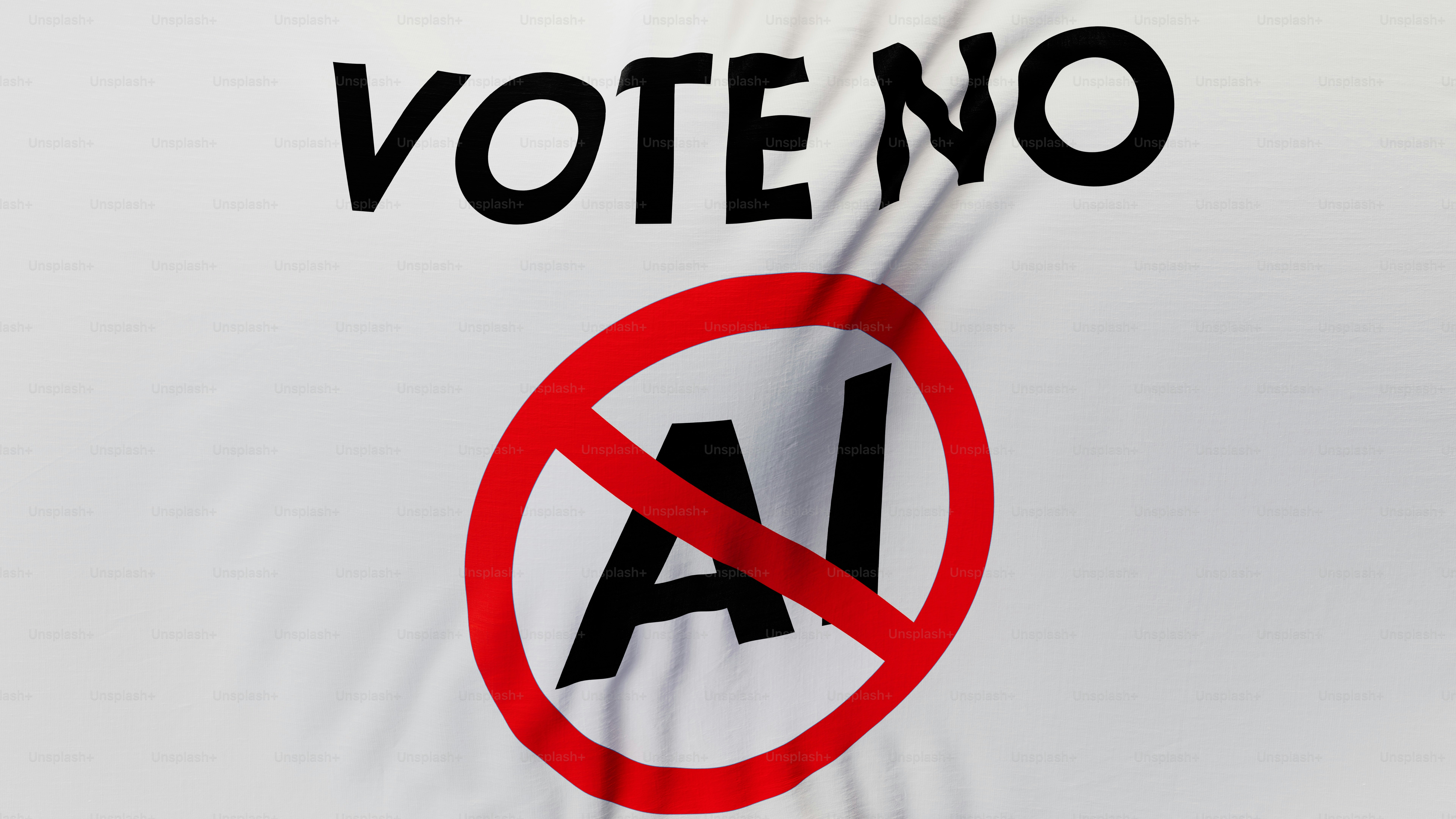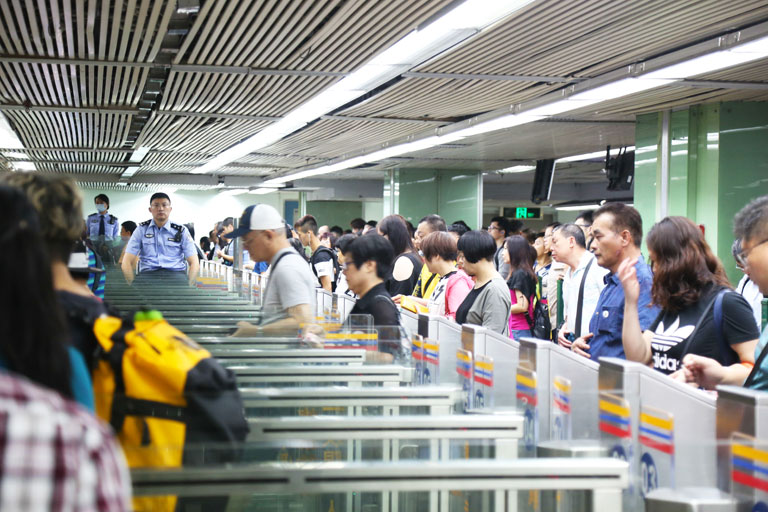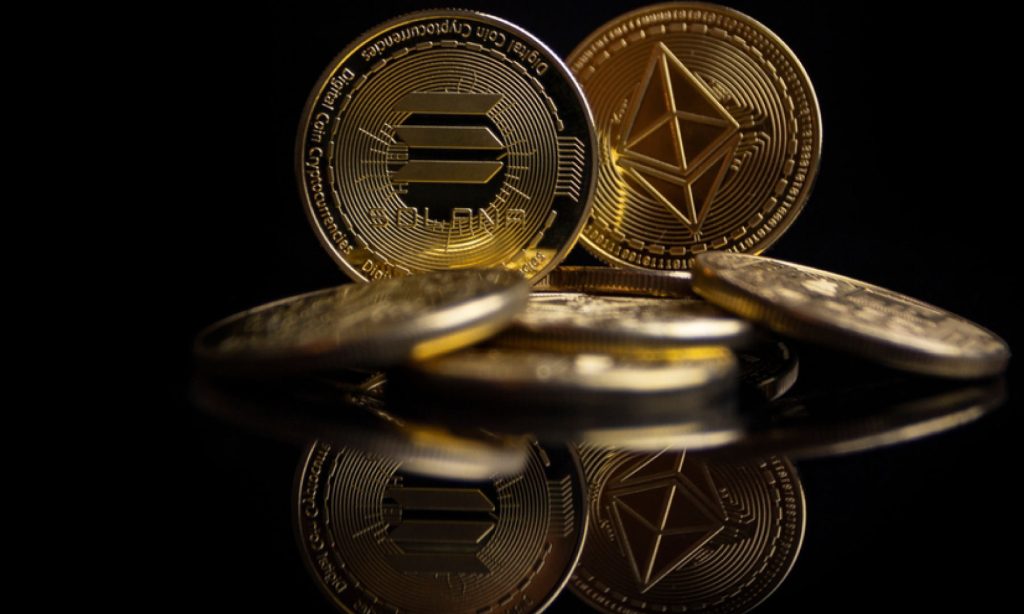Alright folks, let’s break down what just happened. The People’s Bank of China (PBOC) just pumped 250.5 billion yuan (roughly $35 billion USD) into the market via 7-day reverse repo operations today. The entire tendered amount was taken up, with the interest rate holding steady at 1.50%.
Now, on the surface, this looks like standard liquidity maintenance. But don’t be fooled; it’s always more nuanced than that in the Chinese financial system. It’s a signal, and we need to decipher what that signal is.
Let’s dive a little deeper into reverse repos.
Reverse repurchase agreements, or reverse repos, are essentially short-term loans from commercial banks to the central bank. The PBOC sells securities (usually government bonds) to banks with an agreement to buy them back at a slightly higher price on a specified date. Essentially, banks are temporarily lending money to the PBOC.
Why do they do this? Banks gain liquidity, and the PBOC can influence short-term interest rates and control the amount of money circulating in the economy. Today’s injection suggests the PBOC wants to maintain comfortable levels of funding available to financial institutions.
However, the full uptake, meaning banks bid for all the offered funds, hints at potentially increased demand for liquidity. Is it seasonal? Is it related to upcoming data releases? Or is it a more fundamental anxiety creeping into the system? These are the questions we need to be asking.
I suspect it’s a bit of everything. The economy is showing patchy signs of recovery. We saw that slowdown in recent economic data, so this move likely aims to prevent any undue tightening of financial conditions. Don’t expect a massive rally based on this alone, but pay attention – this is a vital indicator to watch closely.







